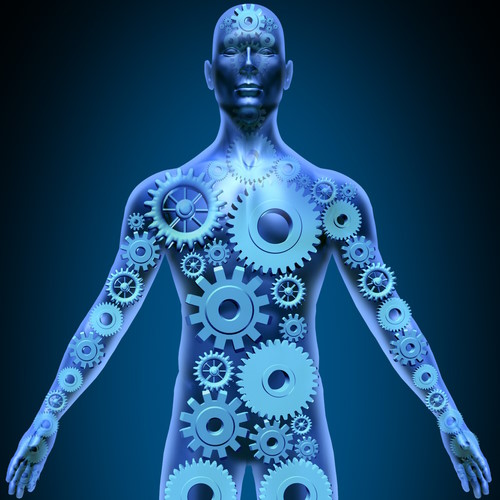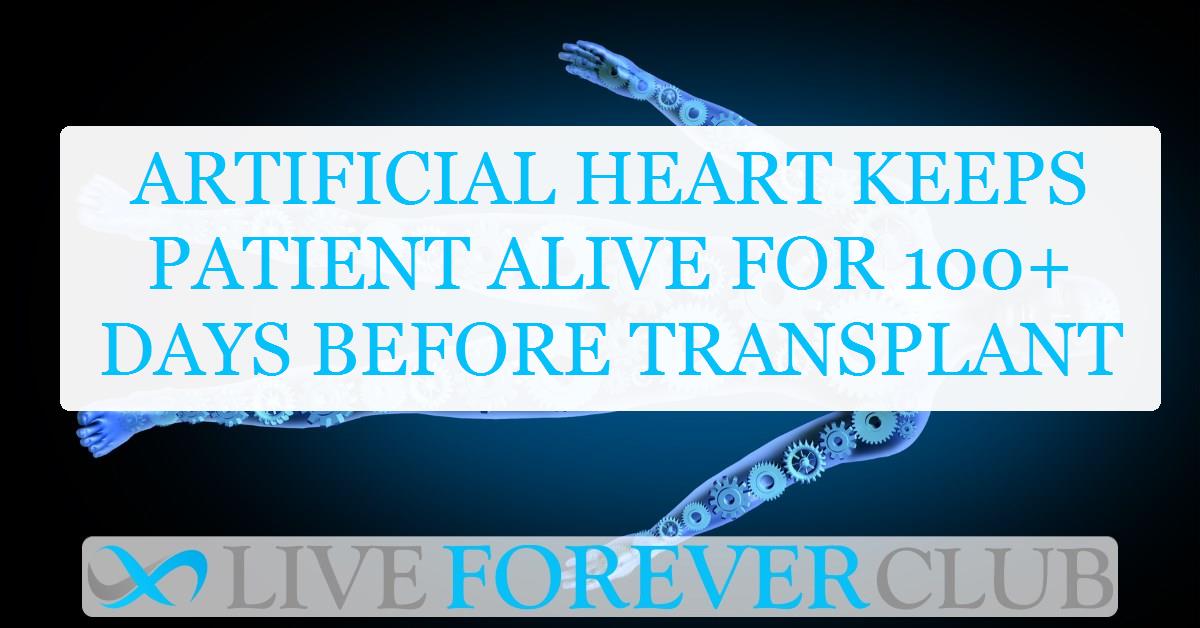Key points from article :
An Australian man with severe heart failure became the first person in the world to leave a hospital with a total artificial heart implant.
The BiVACOR total artificial heart, created by Queensland-born Dr. Daniel Timms, was implanted in him at St Vincent’s Hospital in Sydney in a six-hour procedure led by cardiothoracic surgeon Paul Jansz. The device kept him alive for over 100 days until he received a donor heart transplant in early March.
The BiVACOR artificial heart is the first fully implantable rotary blood pump designed to replace the human heart, using magnetic levitation to mimic natural blood flow. It is intended for patients with end-stage biventricular heart failure, a condition where both sides of the heart fail due to diseases like heart attacks or diabetes. The goal of the device is to act as a bridge until a donor heart becomes available, though researchers hope it could eventually serve as a permanent replacement.
Five patients in the United States received the BiVACOR device last year but remained in the hospital until they got transplants. The Australian patient was the first to be discharged with the device, marking a major milestone in artificial heart technology. After weeks in intensive care, he was monitored by cardiologist Prof. Chris Hayward, who believes this device could revolutionize heart failure treatment worldwide.
The Australian government provided $50 million to develop and commercialize the BiVACOR heart as part of the Artificial Heart Frontiers Program, led by Monash University. This program aims to create advanced solutions for heart failure, a condition affecting over 23 million people globally. However, donor hearts are scarce, with only 6,000 transplants performed each year.
While experts call this a significant technological step, they acknowledge that artificial hearts still have limitations. Prof. David Colquhoun from the University of Queensland noted that while the BiVACOR device worked for over 100 days, a donor heart typically lasts more than a decade. He emphasized that more research is needed before artificial hearts can fully replace transplants.
The success of this procedure paves the way for more trials in Australia, with hopes of improving long-term outcomes for heart failure patients. Jansz described it as a proud moment for the team, marking years of dedication and effort in advancing artificial heart technology.







